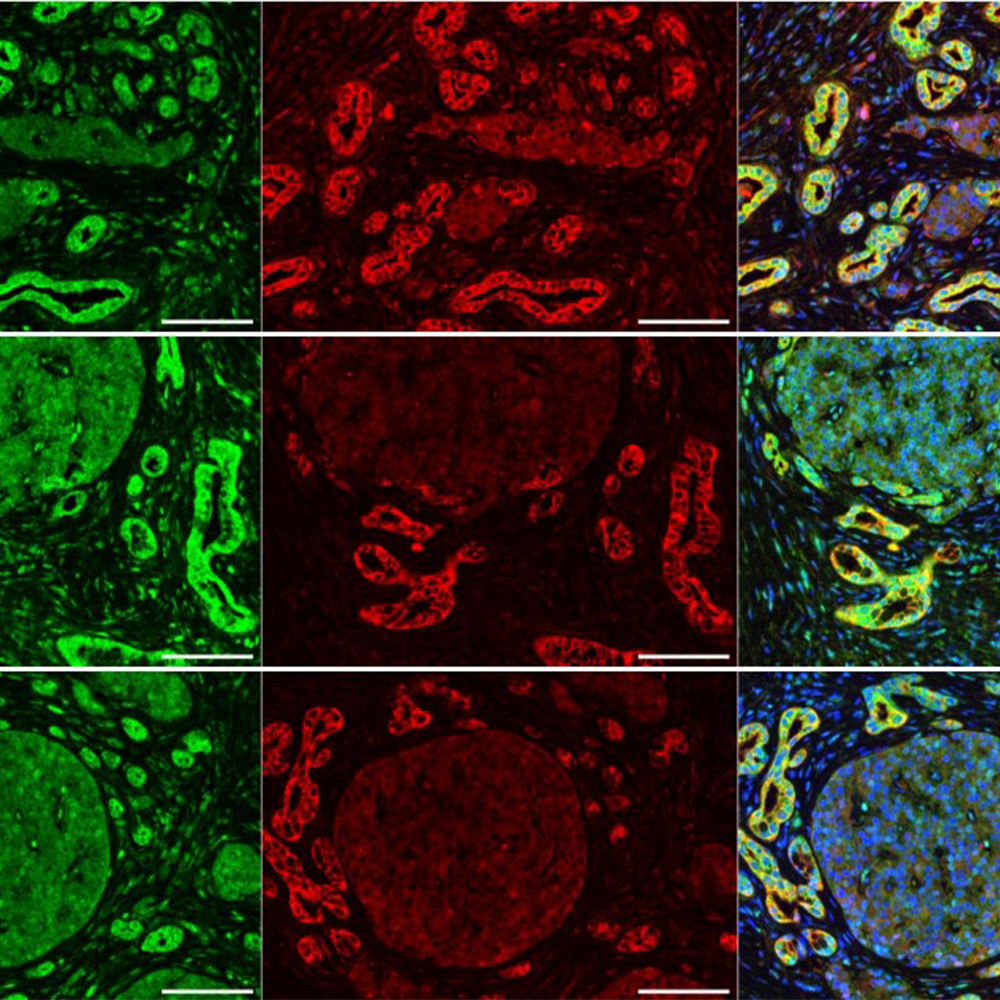Epilepsy facility enhances ability to diagnose, treat seizures

About one-third of people with epilepsy live with uncontrollable seizures because no treatment works for them. Determined to change that statistic, physicians and other caregivers at UT Southwestern now have a new treatment tool for these patients: a state-of-the-art epilepsy monitoring unit.
In May 2017, the Bruce Mickey, M.D. Epilepsy Monitoring Unit at Zale Lipshy University Hospital opened, made possible with a $1 million gift from Linda W. and Milledge “Mitch” A. Hart III.
The eight-bed unit specializes in care for adults with treatment-resistant epilepsy who require electroencephalogram (EEG) monitoring to locate the source of their seizures. In the unit, a team of epilepsy specialists monitors patients 24 hours a day, for up to two weeks, to pinpoint where in the brain seizures originate. Personalized treatment plans are created – which may include medication changes, neurostimulation, laser ablation, or surgical resection – in efforts to stop the seizures.
“There are thousands of patients with epilepsy in North Texas, including many with seizures that are unresponsive to medications,” said Dr. Ryan Hays, Associate Professor of Neurology and Neurotherapeutics and Medical Director of the Epilepsy Monitoring Unit (EMU). “We will now be able to increase the diagnostic and treatment options available on our campus.”
The UT Southwestern Epilepsy Program, part of the Peter O’Donnell Jr. Brain Institute, has tripled its number of epileptologists – experts who specialize in epilepsy diagnosis and treatments – since the fall of 2015. The Program has one of the nation’s largest epilepsy teams, with more than 35 multidisciplinary specialists. That group includes neurologists, neurosurgeons, neuroradiologists, and neuropsychologists, as well as advanced practice providers, nurses, and EEG technologists who treat both adult and pediatric patients.
The new EMU will help patients like Trevor Williams, who had brain surgery at UT Southwestern in 2016. Now 26 years old, Mr. Williams began having epileptic seizures at age 7, and the condition greatly affected his quality of life, he said. Mr. Williams hasn’t had a seizure since his surgery, although it’s too early yet to say if the procedure cured him. Nonetheless, his doctor notes that as time goes on, it becomes less and less likely that seizures will return.
“Trevor’s case represents the strength of our Program at UT Southwestern. The therapy we were able to give required integrating the effort of people from the neurology side, the radiology side, the EEG technicians, the surgical side, and more,” said his neurosurgeon, Dr. Bradley Lega, Assistant Professor of Neurological Surgery, Neurology and Neurotherapeutics, and Psychiatry.





